Mastering the art of bike tire pressure is crucial for achieving optimal performance and safety on your bicycle. With numerous factors influencing ideal tire pressure, from terrain and conditions to bike type and rider preference, it can be overwhelming to determine the perfect pressure for your ride. Whether you’re a seasoned cyclist or just starting out, understanding the basics of bike tire pressure is essential for ensuring a comfortable, efficient, and safe riding experience. In this comprehensive guide, we’ll delve into the world of bike tire pressure, exploring topics such as calculating ideal pressure, adjusting for different terrains, and the benefits and drawbacks of various pressure levels.
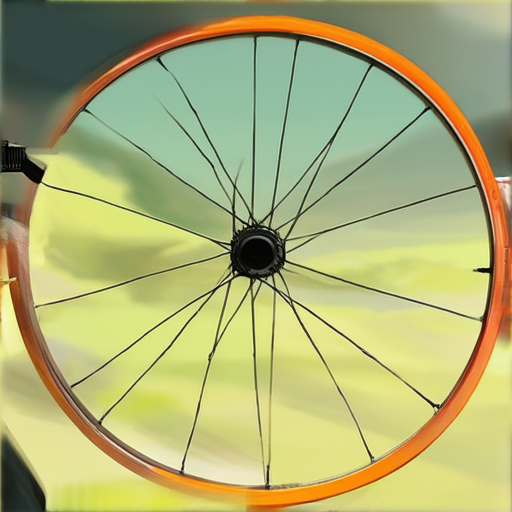
Bike Tire Pressure: A Comprehensive Guide
The ideal tire pressure for your bicycle depends on various factors, including the type of bike, terrain, and rider weight.
- Road Bikes: Typically require higher pressures between 80-120 PSI for efficient riding and reduced rolling resistance.
- Mountain Bikes: Require lower pressures between 20-40 PSI for better traction and control on uneven terrain.
- Cross-Country Bikes: Fall somewhere in between road bikes and mountain bikes, requiring pressures around 30-60 PSI.
- Touring Bikes: May require slightly higher pressures around 50-70 PSI for comfort and efficiency during long rides.
It’s essential to check your tire pressure regularly, as underinflated tires can lead to decreased performance, increased risk of punctures, and compromised safety.
- Check your tire sidewall for the recommended maximum inflation pressure.
- Use a reliable tire pressure gauge to measure the current pressure.
- Adjust the pressure according to your bike type and riding conditions.
- Re-check the pressure after a few hours or before a ride to ensure it remains at the optimal level.
Remember to always refer to your bike manufacturer’s guidelines for specific recommendations on tire pressure.
For more information on bike maintenance and tire care, visit our bike maintenance tips page.
Additionally, consider checking out our tire pressure guide for a more in-depth look at the importance of proper tire pressure.
At Leeds Bicycle, we strive to provide you with the knowledge and tools necessary to optimize your bike’s performance and ensure a safe and enjoyable riding experience.
Is 40 PSI Too High for a Bike?
We understand that finding the perfect tire pressure can be challenging, especially when it comes to balancing efficiency and comfort.
- Tire Pressure Ranges:
- Mountain Biking: 25-30 PSI
- Commuting/Errands: 40-50 PSI
While 40 PSI might seem too high for some riders, it ultimately depends on personal preference, riding style, and terrain.
- Riding Style: Aggressive riders who tackle technical trails may prefer higher pressures for better control and speed.
- Terrain: Smooth roads and paved paths may allow for higher pressures, whereas rougher terrain requires lower pressures for traction and stability.
- Bike Type: Different types of bikes, such as road bikes, mountain bikes, or hybrid bikes, have varying recommended tire pressures.
At Leeds Bicycle, we recommend checking your bike’s manual or manufacturer’s guidelines for specific tire pressure recommendations.
Remember, tire pressure affects ride quality, efficiency, and safety. Experiment with different pressures to find what works best for you and your bike.
For more information on tire pressure and bike maintenance, visit our bike maintenance tips page.
Additionally, check out our tire pressure guide for a comprehensive overview of tire pressure ranges and recommendations.
By understanding your bike’s needs and adjusting your tire pressure accordingly, you’ll be able to optimize your ride and enjoy a safer, more comfortable cycling experience.
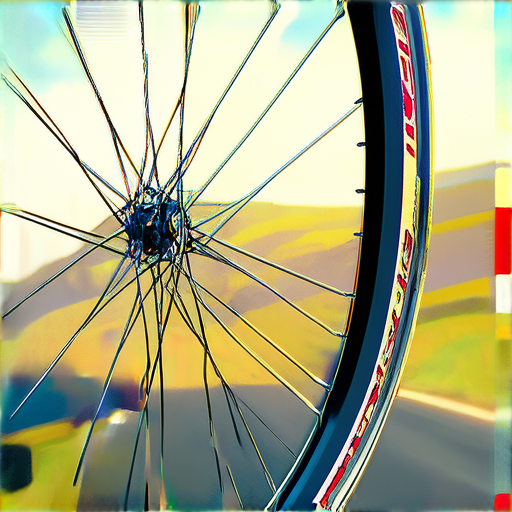
Tire Pressure for 26 Inch Bike Tires
The ideal tire pressure for a 26 inch bike tire depends on various factors, including the type of riding, terrain, and personal preference.
- Road Riding: For optimal rolling efficiency on paved roads, a tire pressure between 80-100 psi is recommended.
- Off-Road Riding: For mountain biking or other off-road activities, a lower tire pressure between 40-60 psi is often preferred to increase traction and control.
- Comfort Riding: For casual rides on smooth surfaces, a mid-range pressure between 50-70 psi provides a comfortable ride and decent efficiency.
It’s essential to note that underinflated tires can lead to reduced efficiency, increased wear, and compromised safety, while overinflated tires can cause a harsh ride and decreased traction.
To determine the optimal tire pressure for your 26 inch bike tire, consider the following factors:
- Type of riding (road, off-road, comfort)
- Terrain (smooth, rough, mixed)
- Personal preference (comfort, efficiency, control)
- Bike weight and rider weight
- Tire size and type (e.g., clincher, tubular)
Consult your bike manufacturer’s guidelines or consult with a professional mechanic to determine the correct tire pressure for your specific setup.
Remember to always check tire pressure regularly to ensure optimal performance and safety.
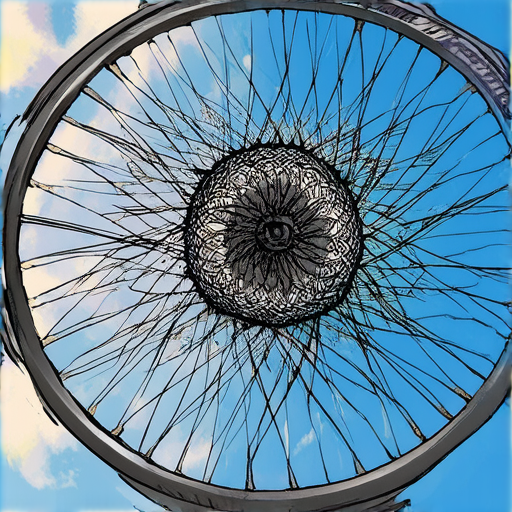
Is 40 PSI Good Tire Pressure?
Tire pressure plays a crucial role in maintaining the safety and efficiency of your vehicle.
- Why Proper Tire Pressure Matters:
- Improves fuel efficiency
- Enhances handling and stability
- Extends tire lifespan
- Reduces risk of tire blowouts
What is Considered Low Tire Pressure?
A tire pressure below the recommended level can lead to decreased traction, uneven wear, and increased risk of tire failure.
- Underinflated Tires: Can cause reduced braking power, increased stopping distance, and compromised vehicle control.
- Risks Associated with Underinflation: Increased risk of tire blowouts, reduced fuel efficiency, and uneven tire wear.
Is 40 PSI Good Enough?
The ideal tire pressure varies depending on several factors, including vehicle type, load capacity, and driving conditions.
- Recommended Tire Pressure Ranges:
- Most passenger vehicles: 30-40 PSI
- Light trucks and SUVs: 35-45 PSI
- Heavy-duty trucks: 40-60 PSI
When to Check Tire Pressure?
Regular tire pressure checks are essential to ensure optimal performance and safety.
- Check Tire Pressure: At least once a month, before long trips, and after loading or unloading heavy cargo.
- Use a Reliable Gauge: To accurately measure tire pressure and adjust accordingly.
Conclusion:
Maintaining the correct tire pressure is vital for safe and efficient driving.
While 40 PSI may be sufficient for some vehicles, it’s essential to consult your owner’s manual or manufacturer’s recommendations for the ideal tire pressure range.
Remember to check tire pressure regularly and adjust as needed to ensure optimal performance and safety.
The 4 PSI Rule on Tires
Tire pressure plays a crucial role in maintaining optimal tire performance, fuel efficiency, and safety.
- Why is the 4 PSI rule important?
- Exceeding the recommended tire pressure can lead to increased friction, generating excessive heat, which may cause tire damage or failure.
- Conversely, underinflated tires can result in reduced traction, uneven tire wear, and compromised vehicle stability.
Understanding the 4 PSI Rule:
- If the tire pressure exceeds 4 PSI above the recommended cold pressure, it is essential to add more air to prevent overheating and potential tire damage.
- On the other hand, if the tire pressure is less than 4 PSI above the recommended cold pressure, releasing air is necessary to avoid overinflation and associated risks.
Best Practices for Tire Pressure Management:
- Regularly check tire pressure before long trips or extreme weather conditions.
- Use a reliable tire pressure gauge to ensure accurate readings.
- Avoid overinflating or underinflating tires, as this can compromise tire performance and safety.
By following these guidelines and staying informed about tire pressure management, you can enjoy improved driving experiences, enhanced fuel efficiency, and prolonged tire lifespan.
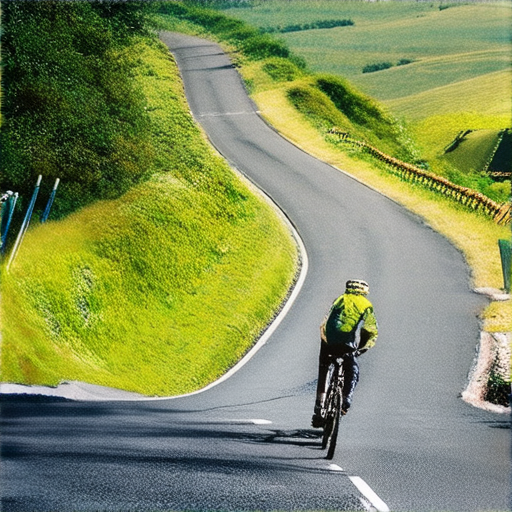
The Best Tire Pressure for a Smooth Ride
At Leeds Bicycle, we understand the importance of having the right tire pressure for a comfortable and efficient ride.
- Why Proper Tire Pressure Matters:
- Tire pressure affects the overall performance and safety of your bike.
- Underinflated tires can lead to reduced traction, increased rolling resistance, and uneven tire wear.
- Overinflated tires can cause a harsh ride, decreased comfort, and increased risk of punctures.
Determining the Ideal Tire Pressure
To find the optimal tire pressure for your bike, consult your owner’s manual or manufacturer’s guidelines.
- Check the recommended tire pressure listed on the sidewall of your tire.
- Compare this number to the manufacturer’s suggested pressure range.
- Take into account factors such as riding style, terrain, and load capacity.
- Adjust the pressure accordingly to achieve the perfect balance between comfort and performance.
Tire Pressure Ranges for Different Bikes
Here are some general tire pressure ranges for various types of bikes:
- Road Bikes: 80-120 psi (550-830 kPa)
- Mountain Bikes: 20-40 psi (140-280 kPa)
- Cross-Country Bikes: 25-45 psi (170-310 kPa)
- Commuter Bikes: 40-60 psi (280-410 kPa)
Importance of Regular Tire Pressure Checks
Regularly checking your tire pressure can help prevent issues such as:
- Tire blowouts
- Punctures
- Uneven tire wear
- Reduced fuel efficiency
By following these guidelines and regularly checking your tire pressure, you can enjoy a smoother, safer, and more efficient ride.
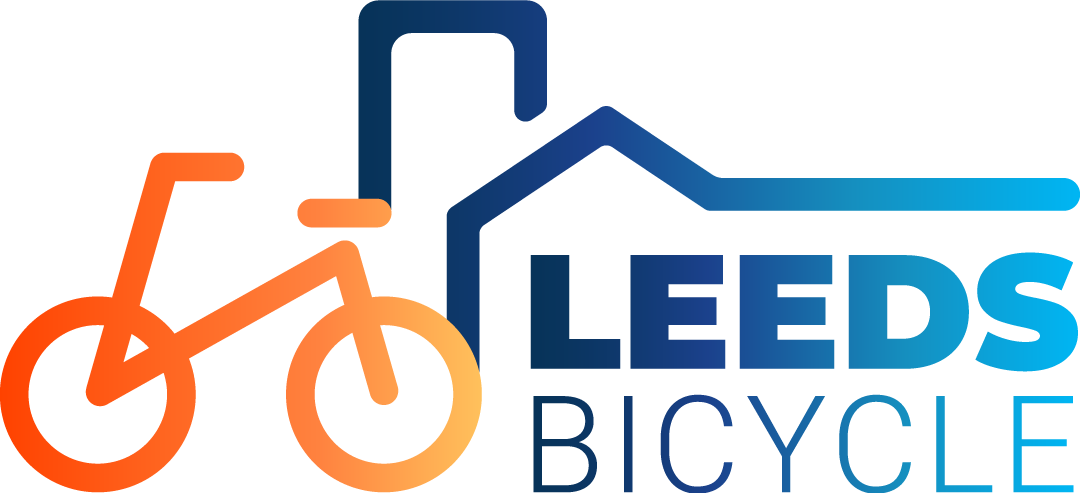
0 Comments